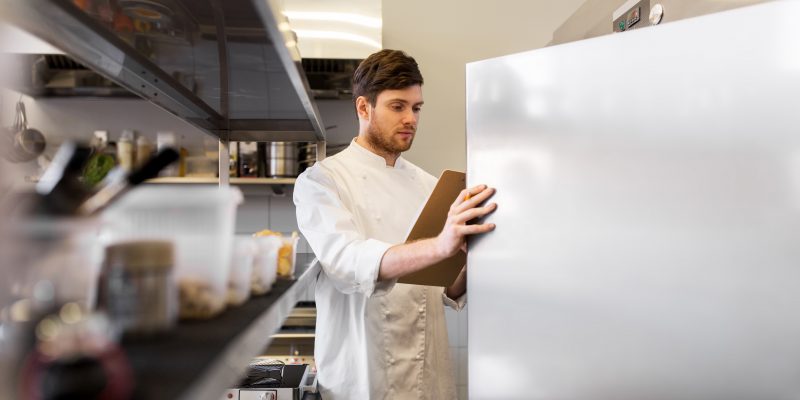How To Store Food After Shopping
How to store food after
The way we store food matters, our lives depend on it…
Luckily, we can trust the food we buy in Australia has been produced, stored and transported safely. This trust comes from knowing certain checks and balances are in place to ensure public health. But how food is stored after you’ve been shopping is up to you…
So, are you sure you’re doing it correctly?
Foodborne illness is generally caused by the consumption of food that’s been stored incorrectly and contaminated with bacteria, pathogens, toxins, parasites, virus or chemicals. And sometimes it’s impossible to tell if food is contaminated…
Luckily, there are ways to store your food at home so you can avoid foodborne illness, and keep your family safe. This article tells you how…
Know the high-risk foods
Bacteria that cause food poisoning is more likely to grow on the following high-risk foods:
- Raw meat and poultry
- Cooked meat and poultry and the dishes containing them, such as curries, stir-fries, stews and lasagne
- Raw and cooked seafood
- Dairy products
- Ready to eat foods, such as pies, sandwiches and quiche
- Eggs and anything with egg as the main ingredient, such as custard
- Smallgoods, like salami
- Rice and pasta salads and coleslaws
- Fruit salad
- Opened canned foods
Temperature danger zone
Store these high-risk foods in the fridge or freezer below 5°C or ensure they are heated above 60°C. The Victoria State Government states that the temperature danger zone is between 5°C and 60°C, which means food-poisoning bacteria grow fastest between these temperatures.
Storing food at home
Food poisoning and contamination are often caused by incorrectly stored, cooked, handled or prepared foods. These foods can look, smell and taste fine, and if food is incorrectly stored bacteria have a good chance of multiplying to dangerous levels…
It’s important to store your food correctly to keep it safe. Here’s how:
- Store high-risk foods in the fridge or freezer below 5°C or ensure its heated to above 60°C.
- Store raw and cooked foods separately, with raw foods stored below cooked foods.
- Don’t refreeze thawed foods. Higher levels of food poisoning bacteria are likely on refrozen foods.
- Store foods in suitable covered containers. Contamination from chemicals or other foods and bacteria growth can occur on improperly covered foods.
- Observe used by dates and move high-risk foods to the freezer before their use-by date if possible.
- Shop with insulated cooler bags for high-risk foods cold or hot. But store the cold and hot foods in separate bags.
- After a shop, place frozen or chilled foods in the fridge or freezer straight away.
- Avoid putting very hot foods in the refrigerator, wait for steam to stop rising.
When in doubt, throw it out!
Food poisoning can cause serious illness and even death, often caused by improper storage of high-risk foods. It’s up to you to store the food you bring home correctly so it remains safe and now you know exactly how to do it.
In Australia, we have a reliable and safe food production, storage and transport industry. Next time you need to transport temperature-sensitive foods, look to the experts in refrigerated transport, at Cannon Logistics. Contact our friendly team.
